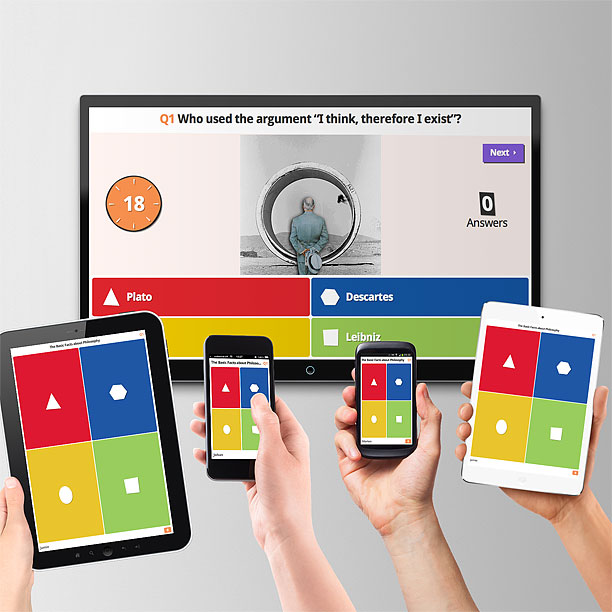
Short Stories
PACCTS
What is a short Story?
Point of View
Elements of a Short Story
Plot
The Plot of Line Graph
Plot:
Inciting Incident: main conflict of the story, sets the plot in motion
Rising Action: events which help develop the climax
Climax: highest point of the story, protagonist makes decisions or takes action
Falling Action: events which unfold after the climax
Denouement: French word for "unravelling", plots conflicts are sorted out or resolved
Atmosphere
The emotional feelings that a short story gives a reader. It is the mood of the story. Setting and atmosphere are often essential elements in making the story meaningful. ... Sometimes setting supports or defines the values and concerns of the characters.
Describe the mood or feeling in the story.
Characters/Characterization
- We approach fictional characters with the same concerns with which we approach people. When it comes to fictional characters, the reader needs to
- Observe their actions
- Listen to what the characters say and how they say it
- Observe how the character relates to others
- Observe how other characters react to them
- Identify the protagonist(s) and antagonist(s).
- Determine two (2) character traits for each.
Conflict
There are two types of conflict:
1) External - A struggle with a force outside one's self.
2) Internal - A struggle within one's self; a person must make some decision, overcome pain, quiet their temper, resist an urge, etc.
There are four kinds of conflict:
1) Man vs. Man (physical) - The leading character struggles with his physical strength against other men, forces of nature, or animals.
2) Man vs. Circumstances (classical) - The leading character struggles against fate, or the circumstances of life facing him/her.
3) Man vs. Society (social) - The leading character struggles against ideas, practices, or customs of other people.
4) Man vs. Himself/Herself (psychological) - The leading character struggles with himself/herself; with his/her own soul, ideas of right or wrong, physical limitations, choices, etc.
Determine the type of conflict. Explain your answer.
Theme
The main idea of the story; or lesson the reader is taught, it usually applies to life in general. It is the argument or general idea expressed by a literary work, whether implied or explicitly stated. Often it is an observation about life or people.
What is the message or lesson in the story?
Setting
- The place or location of a story's action along with the time in which it occurs
- Setting can also illustrate the historical, cultural and emotional state that increases our knowledge about the characters
Short Story: “Kath & Mouse” by Janet McNaughton Guiding Questions
1. a) From what point of view is this story told? (1st person, 3rd person?)
b) Who is telling the story?
2. After reading the story, list 3 of Kevin’s character traits. For each trait, offer evidence from the story of what the character does, says, or thinks to support each trait.
Character Trait:
Proof (does, says, thinks):
3. After reading the story, list 3 of Kath’s character traits. For each trait, offer evidence from the story of what the character does, says, or thinks to support each trait.
Character Trait:
Proof (does, says, thinks):
4. What should readers infer about Helen and her lifestyle when she says “Voice is good for someone who moves a lot. The instrument is free and it isn’t hard to move” ? (paragraph 10)
5. Choose one literary device used in the story (simile, metaphor, symbol).
· Copy down the lines from the story that contain this device.
· State which device is used.
· Explain how the lines demonstrate this device. (e.g. give the definition and explain how the lines fit the definition).
6. a)Describe the adversity Helen faces in this story.
b)Explain whether or not you think she handles this adversity successfully.
7. Does Kath deserve any sympathy? Support your answer.
8. What advice does this story offer about how to deal with bullying?







